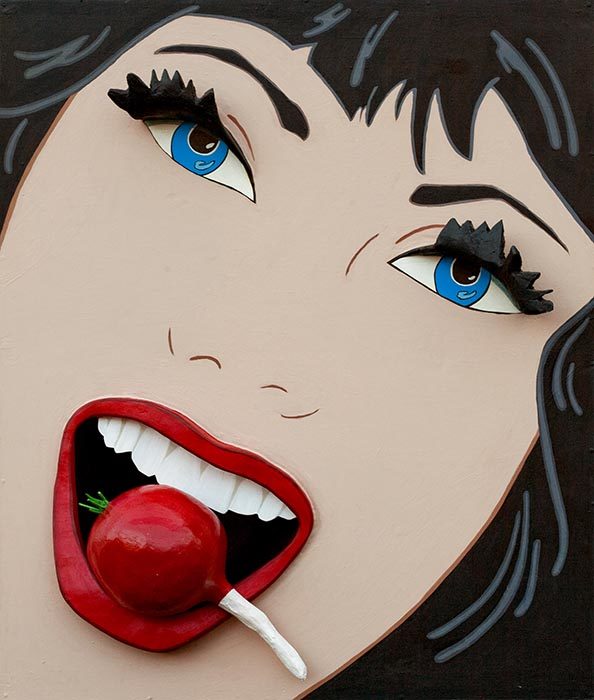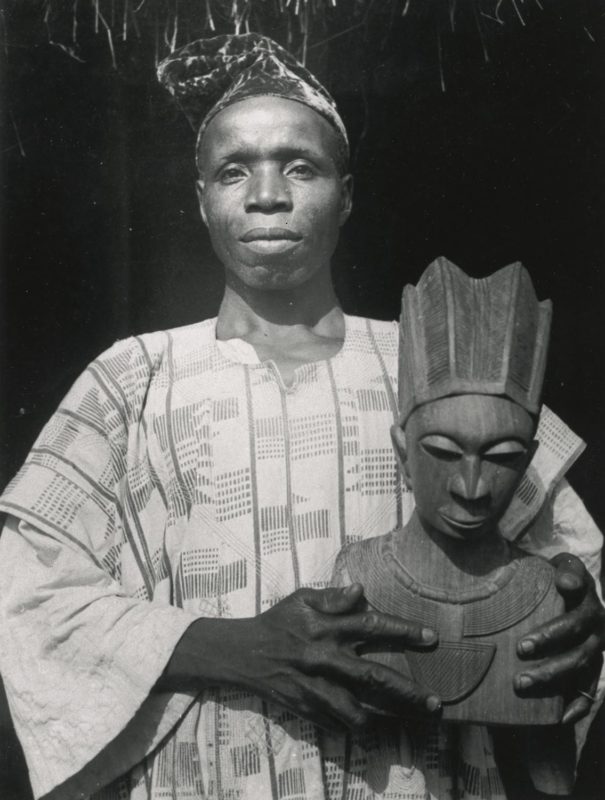
Datebook
Have yourself an arty little Christmas
Five great NYC exhibits closing soon will fill your gap week between Christmas and New Year's Eve.
At loose ends between Christmas and New Year’s Eve? Have yourself an arty little Christmas by hitting up these splashy exhibits before they close for good. From extravagant Tudor objets to thigh-high Versace gladiator boots to pivotal ’60s art, there’s something for everyone. As extra incentive, they’re (almost) all free to see.
The Tudors: Art and Majesty in Renaissance England
From King Henry VII’s seizure of the English throne in 1485 to the death of his granddaughter Queen Elizabeth I in 1603, the Tudor dynasty used art to legitimize and glorify its volatile reign. In the first exhibit of its kind in the U.S., the sumptuous The Tudors: Art and Majesty in Renaissance England at the Met brings together over 100 portraits, tapestries, sculptures, devotional manuscripts, and more, made with the patronage of all five Tudor monarchs. The house’s courts were truly cosmopolitan, frequented by the finest Florentine sculptors, German painters, Flemish weavers, and pan-European armorers, goldsmiths, and printers. Their collective output here is nothing short of dazzling. And the portraits of Queen Elizabeth I, who was especially known for exerting control over how she was portrayed, will leave you gobsmacked. Ends January 8, 2023; metmuseum.org


New York: 1962 – 1964
This narrow three-year window, which dovetails with Alan Solomon’s short but transformative tenure as the Jewish Museum’s director, proved to be utterly seismic for contemporary art. Solomon became such an arbiter of the NY art scene, he was invited to curate the American Pavilion at the 1964 Venice Biennale. Among others, he brought Robert Rauschenberg, an artist he’d celebrated with a major Jewish Museum retrospective in 1963. When Rauschenberg became the first contemporary American artist to take home the Biennale’s prestigious International Grand Prize that year, it upended the art world by shifting its nexus to New York. New York: 1962 – 1964 reunites singular works from this pivotal period—including Rauschenberg’s Venice entries—while also revealing connections between artists working here at the time (Donald Judd and Yayoi Kusama, for two, worked out of the same building on West 19th.) Crucially, works by women also get their due in this reboot, and they deliver some of its most thrilling pieces. Ends January 8, 2023; free on Saturdays; jewishmuseum.org.
Threads of Power
In what may be the sleeper hit of the fall arts season, Threads of Power presents over 150 pieces from Switzerland’s Textilmuseum St. Gallen to trace the intricate textile’s evolution from its 16th-century handmade origins to the innovative 3D-printing techniques used to make haute-couture for the likes of Comme des Garçons today. Lace may seem like a fussy, historic artifact but as this captivating Bard Graduate Center exhibit reminds us, it was once a Society status symbol; making it also gave working-class women a measure of financial independence. Highlights, like the lemongrass ensemble worn by Michelle Obama for the 2009 presidential inauguration and several fine examples reminiscent of Ruth Bader Ginsberg’s signature accessory, also prove the delicate fabric’s staying power. The Brooklyn Lace Guild hosts live demos every weekend to illustrate how lacemaking continues to evolve, even with 500-year-old techniques. Ends January 1, 2023; bard.edu


Shoes: Anatomy, Identity, Magic
With 300 pairs of shoes, boots, sandals, and sneakers culled from the Museum at FIT’s impressive shoe closet (last count: 5,000 pairs), Shoes: Anatomy, Identity, Magic goes beyond mere shoe-fetish showcase to examine our physical, social, and psychological relationship to footwear. Displays range from sneakers and stilettos to Doc Martens and slippers, but with smart mash-ups—like Louboutin “fetish ballerina” pumps next to Alberto Guardiani “lipstick” heels—that show just how often shoe designs favor vanity over practicality (the insane 18-inch Noritaka Tatehana–designed Lady Point shoes worn by Lady Gaga in Marry the Night are also on display). Elsewhere, rainbow Gucci platform sneakers and Air Jordans point to the social status or physical prowess a pair of shoes might be thought to confer. Wandering it all feels akin to peeping inside Carrie Bradshaw’s dream walk-in closet. Fittingly, a facsimile shoe store at the end fully elevates them to objects of desire. Ends December 31, 2022; free; fitnyc.edu
Bámigbóyè: A Master Sculptor of the Yorùbá Tradition
Further afield, the first exhibition dedicated to Nigerian sculptor Moshood Olúṣọmọ Bámigbóyè (ca. 1885–1975) unites 30 works from the artist’s 50-year career. Considered one of the greatest carvers of his generation, Bámigbóyè is especially regarded for the spectacular masks he created for local religious ceremonies in the 1920s and 1930s; they were so packed with details the artist himself called one of them “Atófòjọ ́wò,” meaning “you can look at it for a whole day.” The Yale University Art Gallery displays his Epa masks alongside other sculptures to present Bámigbóyè’s as part of a generation of Èkìtì Yorùbá woodcarvers who flourished in Nigeria during a time of societal upheaval; Bámigbóyè himself came of age during the first decades of British colonial occupation and aspects of the country’s social, religious, and political changes are reflected in his art. Textiles, ceramics, metalwork, and beadwork by other Nigerian artists round out the context for the master sculptor who exhibition curator James Green describes as: “A king, healer, and carver.” Ends January 8, 2023; free; yale.edu
Hero image: Marjorie Strider, "Girl with Radish," 1963. Acrylic on laminated pine on Masonite panels.72 x 60 in. Credit: Collection of Ruth and Theodore Baum, New York/Palm Beach, FL



